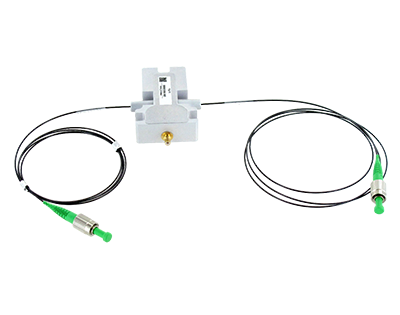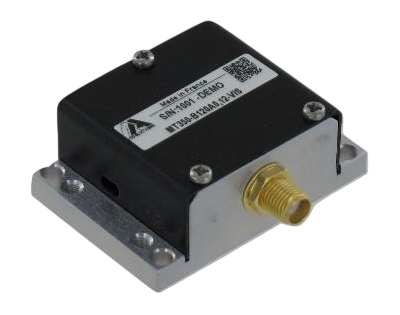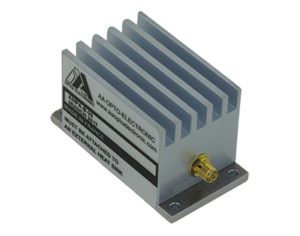Acousto-optic history
Since 1922
Brillouin predicted the light diffraction by an acoustic wave, being propagated in a medium of interaction, in 1922.
In 1932, Debye and Sears, Lucas and Biquard carried out the first experimentations to check the phenomena.
The particular case of diffraction on the first order, under a certain angle of incidence, (also predicted by Brillouin), has been observed by Rytow in 1935.
Raman and Nath (1937) have designed a general ideal model of interaction taking into account several orders. This model was developed by Phariseau (1956) for diffraction including only one diffraction order.

At this date, the acousto-optic interaction was only a pleasant laboratory experimentation. The only application was the measurement of constants and acoustic coefficients.
The laser invention has led the development of acousto-optics and its applications, mainly for deflection , modulation and signal processing. Technical progresses in both crystal growth and high frequency piezoelectric transducers have brought valuable benefits to acousto-optic components ‘ improvements.



This includes :
- Acousto-optic fixed frequency drivers based on quartz
- Acousto-optic variable frequency drivers based on VCO, PLL and DDS
- Radio Frequency amplifiers for acousto-optics



